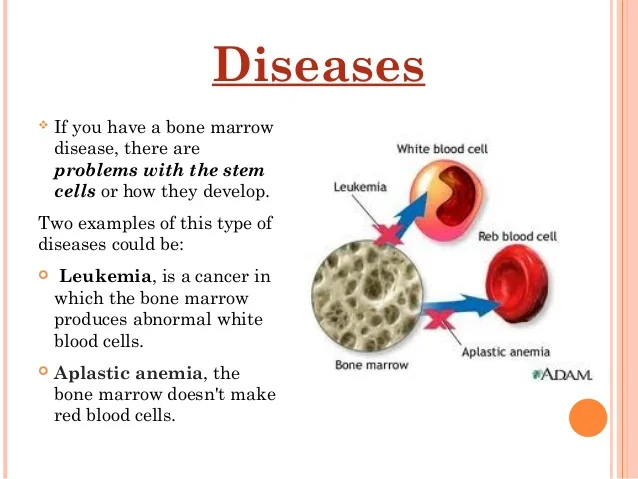Bone marrow is the soft and spongy tissue found in the cavities of our bones. It is responsible for producing all of the cells in our blood, including red blood cells, white blood cells, and platelets. When the bone marrow does not function correctly, it can lead to various bone marrow diseases and disorders.
Understanding the different types of bone marrow diseases and disorders is essential in identifying symptoms and seeking proper medical attention. Here, we will discuss some of the most common bone marrow diseases and disorders and their symptoms.
1. Leukemia
2. Myeloma
3. Anemia
4. Myelodysplastic syndromes (MDS)
5. Aplastic anemia
6. Polycythemia vera
7. Essential thrombocythemia
Essential thrombocythemia is a blood disorder in which the bone marrow produces too many platelets, leading to an increased risk of blood clots. The symptoms of essential thrombocythemia include headache, dizziness, weakness, fatigue, and numbness or tingling in the hands and feet.
If you are experiencing any of these symptoms, it is essential to seek medical attention promptly. Your doctor can diagnose bone marrow diseases and disorders through blood tests, bone marrow biopsies, and other diagnostic tests.
Treatment for bone marrow diseases and disorders varies depending on the type and severity of the condition. Some treatments may include medications, blood transfusions, chemotherapy, radiation therapy, and bone marrow transplantation.
In some cases, bone marrow diseases and disorders can be managed with proper medical care and treatment. In other cases, the condition may be life-threatening, and immediate medical attention is necessary.




